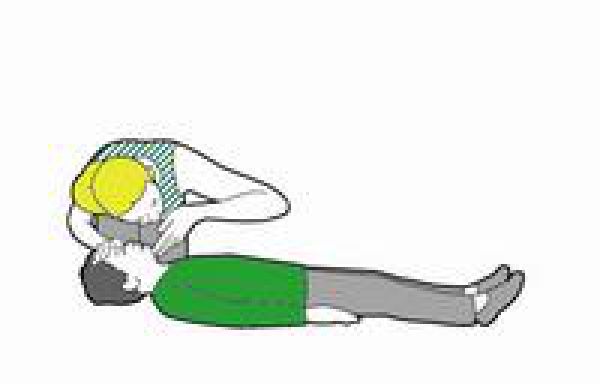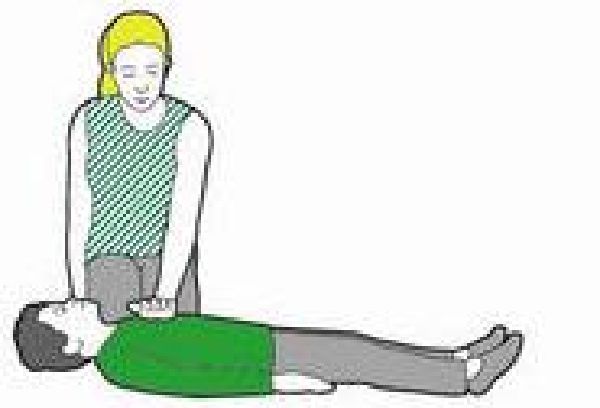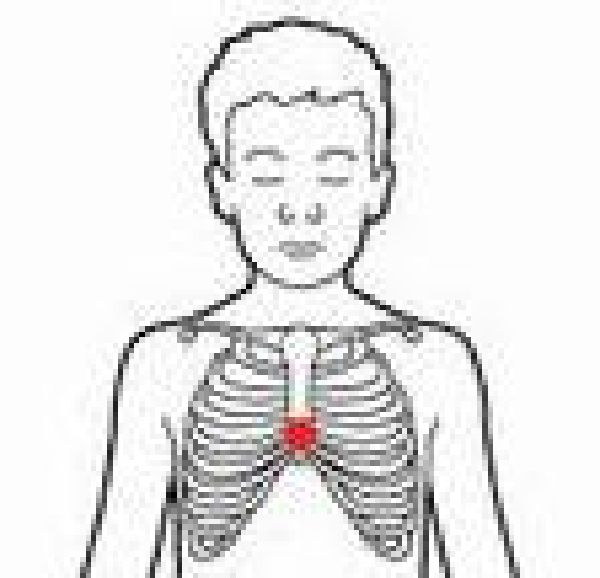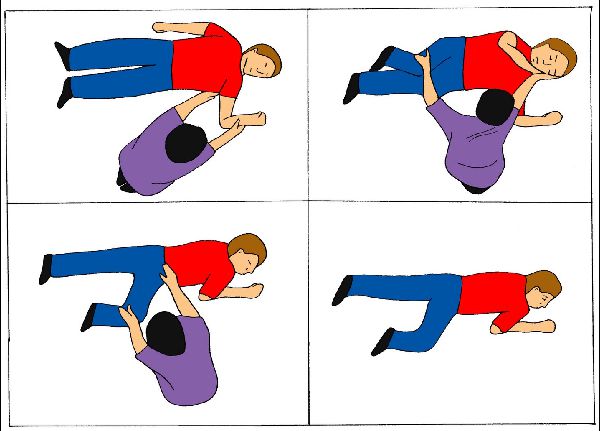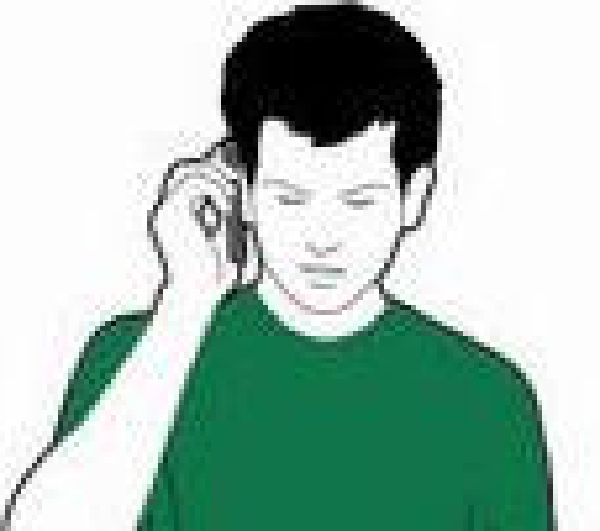
STEP 1
Ask someone to call 999 and request an ambulance.
If alone, do this on speakerphone. If you cannot make the call immediately, complete the following steps THEN make the call.
Try to locate a local AED whilst waiting for help to arrive. Click here.
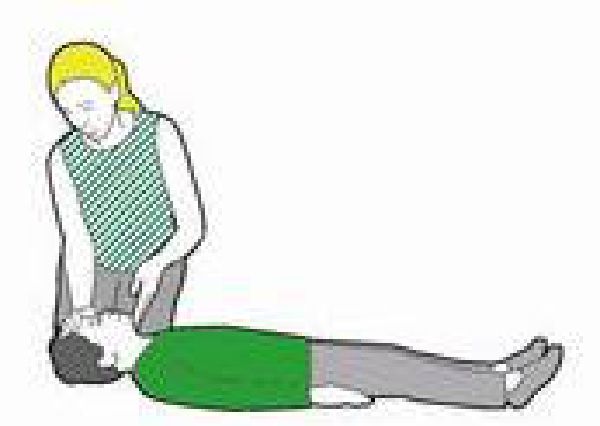
STEP 2
Ensure the child’s airway is open and clear by placing one hand on the child's forehead, two fingers under the chin and gently tilting the head back.
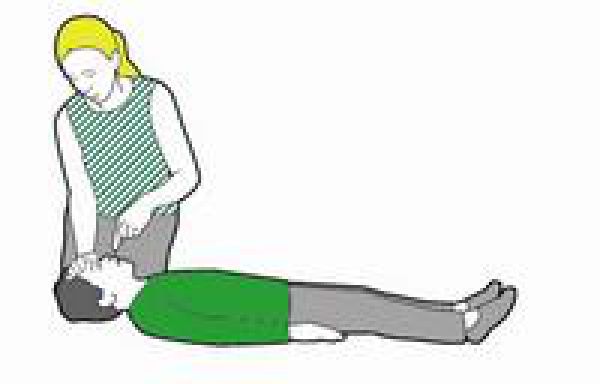
STEP 3
Pinch their nose firmly closed.
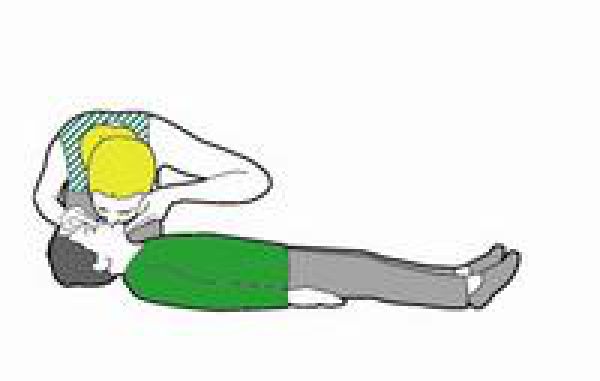
STEP 4
Take a deep breath and seal your lips around their mouth.
Blow steadily into the mouth until the chest rises.
